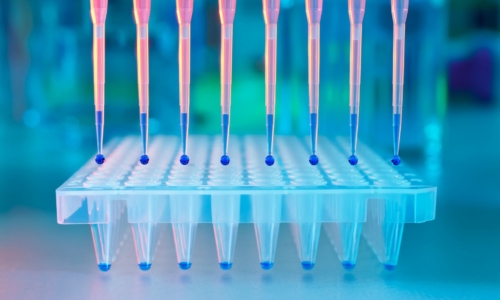A Brief Primer In Pharmacology

All drugs are capable of only three actions: blocking, inhibiting, or decreasing normal physiology.
Calcium channel and beta blockers affect neurotransmitter release and thereby decrease muscle contraction.
Statin drugs stop cholesterol production, and proton pump inhibitors cease the production of hydrochloric acid.
Non-steroidal anti-inflammatory drugs (NSAIDs) suppress the production of bodily chemicals that help humans to perceive pain – an internal warning signal that something is wrong.
Antibiotics destroy harmful bacteria but also kill the beneficial flora of the digestive system, leaving behind malabsorption and nutritional deficiencies along with digestive issues. This is why women with urinary tract infections take antibiotics only to then contract a yeast infection.
This pharmaceutical medical approach is never without consequence. That’s why every commercial lists the adverse side effects of the advertised drug, and often the side effects can be worse than the original condition.
No drug has ever been designed that actually cures a disease. While epinephrine or nitroglycerine can have life-saving applications in emergencies, they are much less than one percent of the pharmaceutical whole.



